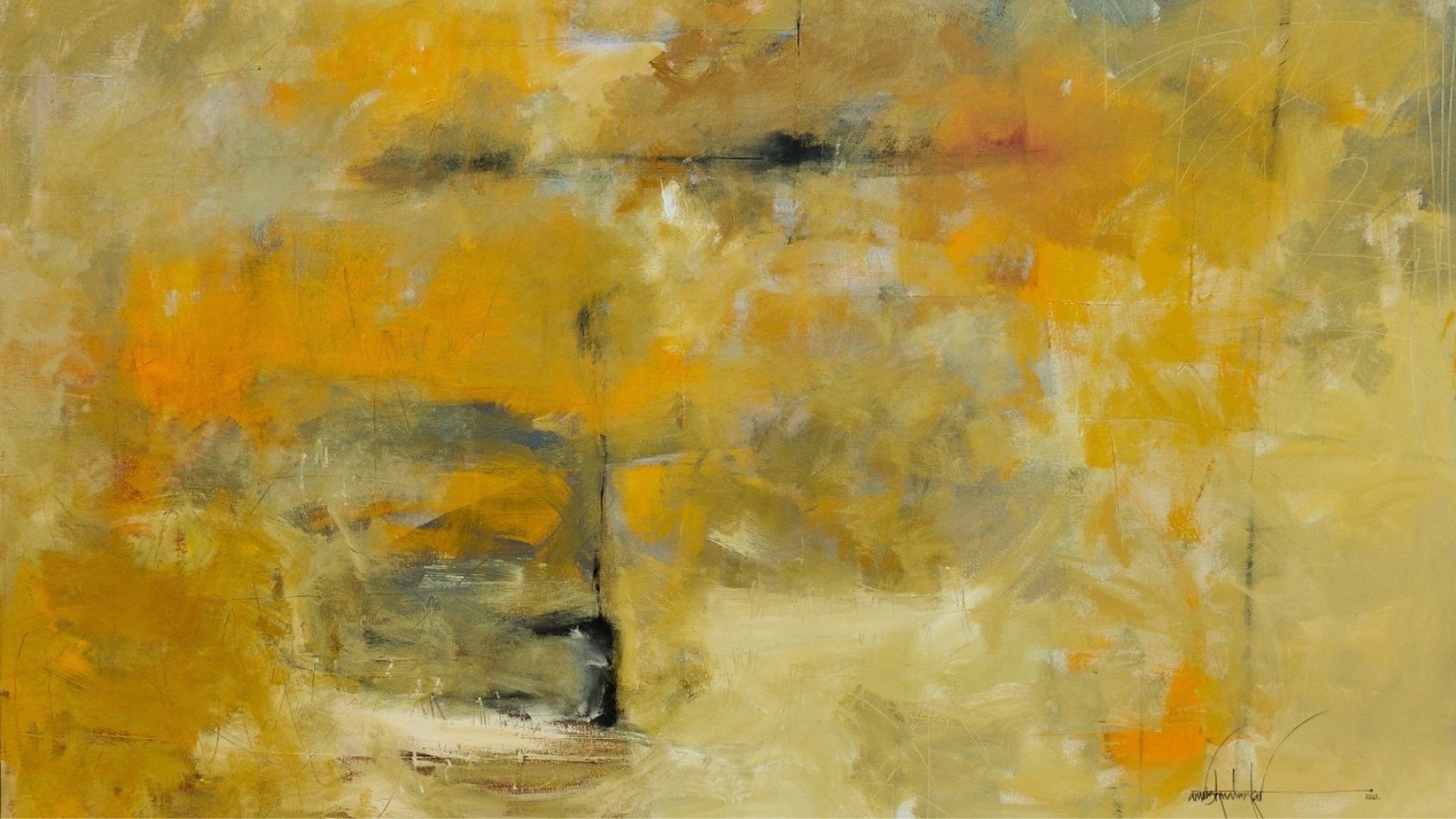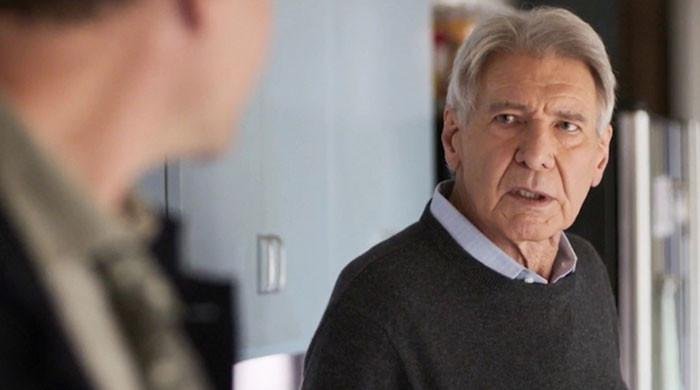Last Updated:June 08, 2025, 07:44 IST
Abstract art bypasses logic and speaks directly to the soul, offering emotional clarity through visual ambiguity.
For abstract artist Amrish Malvankar, who began his creative journey in architecture, abstraction is not just a visual language but a psychological space.
In a world inundated with literal messaging and constant definition, abstract art stands as a silent but powerful counterpoint. It doesn’t tell us what to see or feel; instead, it invites us to explore our inner landscapes through color, texture, and form. For both artists and viewers, the psychological impact of abstract art is profound blurring the lines between emotional expression and mental well-being.
A Spatial Psychology of Feeling
For abstract artist Amrish Malvankar, who began his creative journey in architecture, abstraction is not just a visual language but a psychological space.
“Architecture taught me how space influences behavior; abstract art taught me how color, form, and negative space influence emotion,” he shares.
He believes abstract art activates the same sensitivities we use when moving through physical spaces. “The openness of abstraction,” Malvankar explains, “stimulates the brain’s default mode network, a region linked to introspection, emotional memory, and imagination.” Without the constraints of literal representation, abstract art becomes a kind of visual mindfulness—calming the mind, softening anxiety, and making space for emotional release.
“I approach each canvas like a built environment—layered, fluid, sometimes chaotic, but always guided by emotional architecture,” he says. “Whether it’s the spatial balance of forms or the raw intensity of a single color field, my intent is to create spaces where viewers can momentarily lose and find themselves.”
Emotional Resonance and Self-Discovery
Abstract artist Ketki Fadnis echoes this sentiment, highlighting how abstract art speaks not just to the eyes, but to the soul.
“The beauty of abstract art lies in its subjectivity,” she explains. “Each viewer brings their own emotions, memories, and personal experiences to the work, which makes it deeply personal and meaningful.”
She sees abstraction as a psychological mirror—something that taps directly into the subconscious and evokes visceral emotional responses. “A single artwork,” Ketki notes, “can make one person laugh and another cry. That emotional ambiguity is what makes abstract art so powerful.”
In her experience, repeated exposure to abstract works creates a dynamic, ever-evolving relationship with the piece. “Each time you return to the same work, it reflects a new part of you,” she says.
The Artist as a Conduit of Catharsis
The psychological impact of abstract art doesn’t stop with the viewer. For artists like Fadnis and Malvankar, the act of creation is equally transformative.
“For the artist, making abstract art is often a therapeutic release,” says Fadnis. “Through spontaneous strokes, layered textures, and intuitive forms, the artist taps into the subconscious—expressing complex emotions, memories, and even impressions of nature.”
She describes the process as almost meditative. Repetitive mark-making, fluid motions, and contemplative layering help the artist enter a state of flow, where expression becomes instinctual and healing. “It’s artistic fulfillment,” she adds, “but also emotional clarity.”
Malvankar reinforces this by noting how abstraction allows for “affective release,” similar to what one experiences in mindfulness meditation. “When viewers encounter non-linear compositions,” he says, “their brains often shift from analytical to intuitive thinking. This is where catharsis happens.”
In Conclusion: Why Abstract Art Stays With Us
The psychological power of abstract art lies in its ambiguity. It bypasses the intellect and speaks directly to the emotional and intuitive centers of the brain. As both Malvankar and Fadnis affirm, abstract art isn’t meant to be understood in the traditional sense—it’s meant to be felt, experienced, and returned to again and again.
In an age that demands answers, abstract art offers a rare invitation: to slow down, reflect, and connect with what lies beneath the surface. Whether viewed on a gallery wall or created in solitude, its effects are deeply human—reminding us that sometimes, the most powerful stories are the ones we don’t need words to tell.

Swati Chaturvedi, a seasoned media and journalism aficionado with over 10 years of expertise, is not just a storyteller; she’s a weaver of wit and wisdom in the digital landscape. As a key figure in News18 Engl…Read More
Swati Chaturvedi, a seasoned media and journalism aficionado with over 10 years of expertise, is not just a storyteller; she’s a weaver of wit and wisdom in the digital landscape. As a key figure in News18 Engl… Read More
- First Published:
#Psychological #Effects #Abstract #Art #Moves #Word



